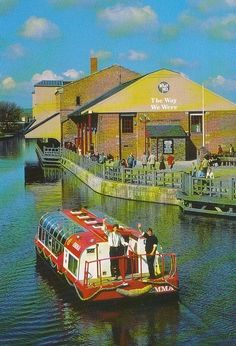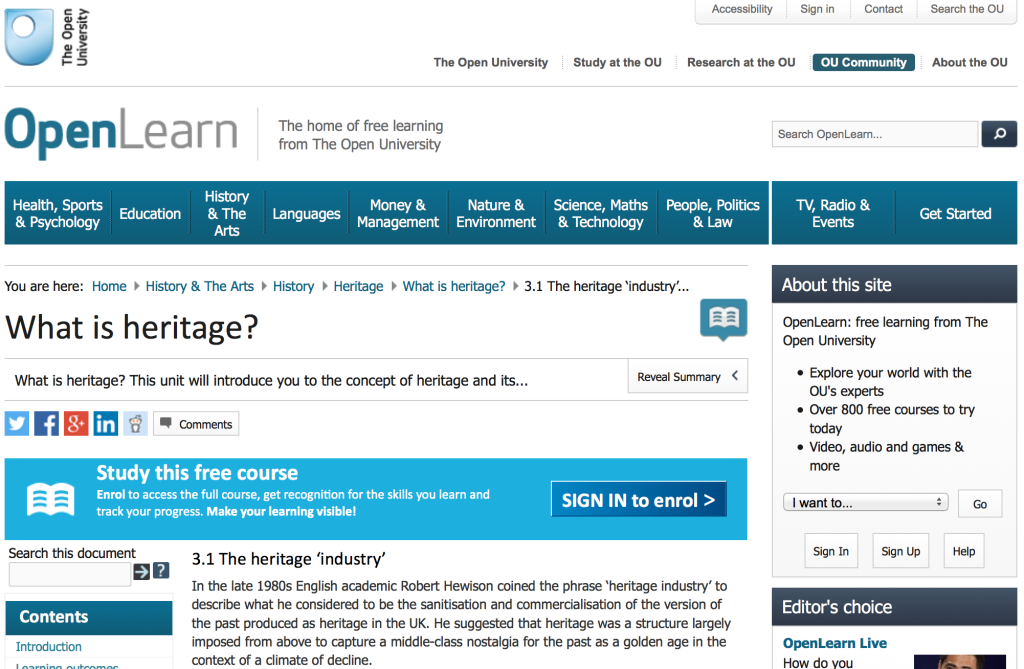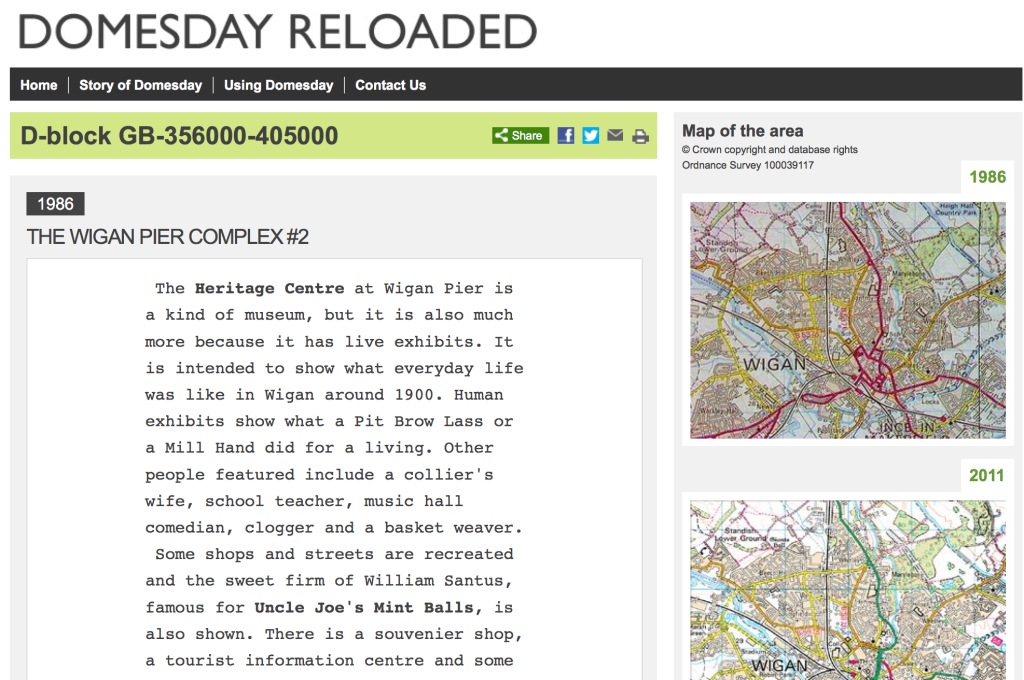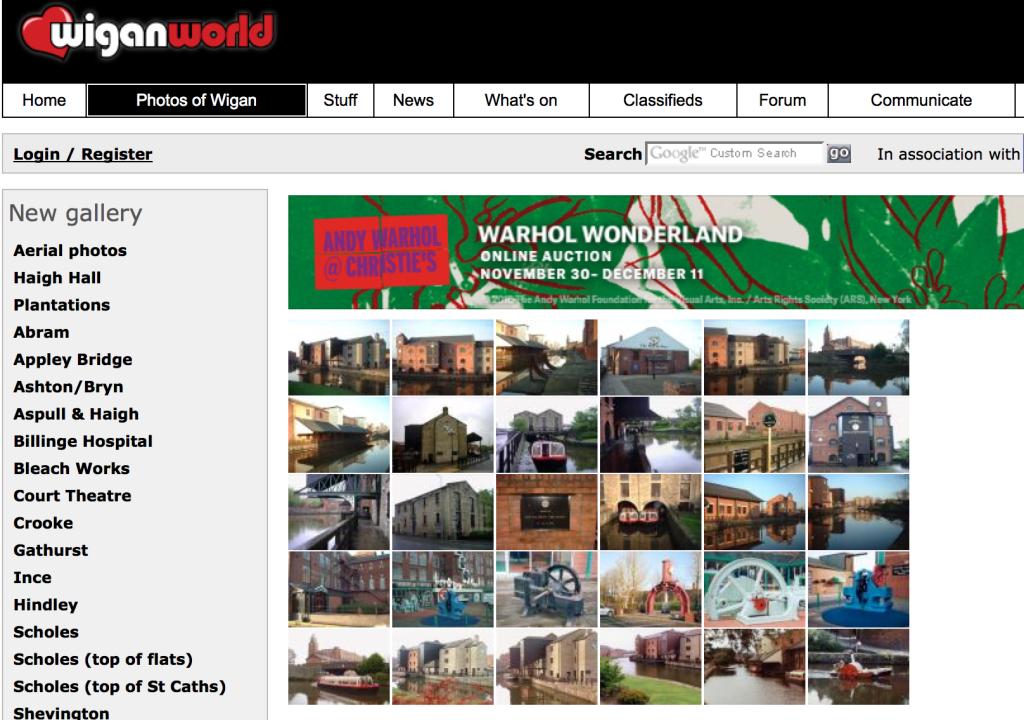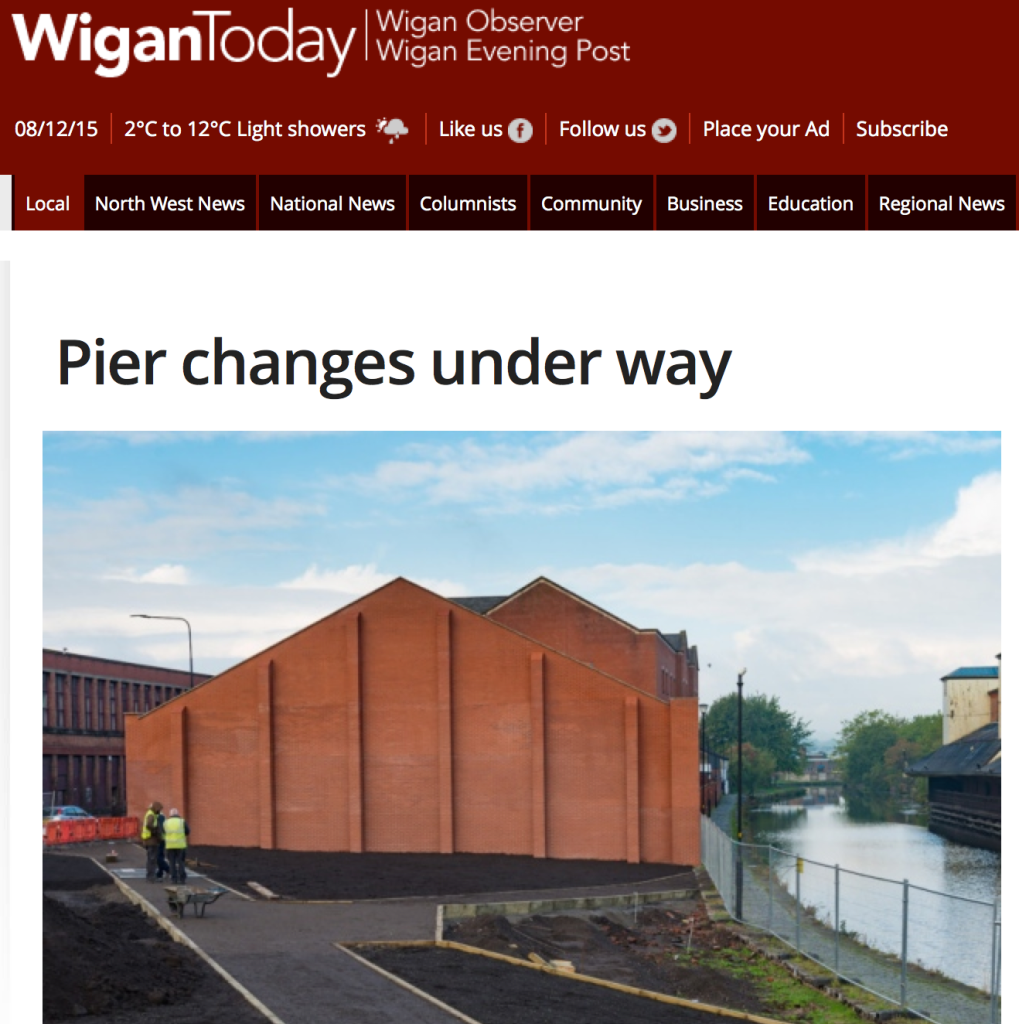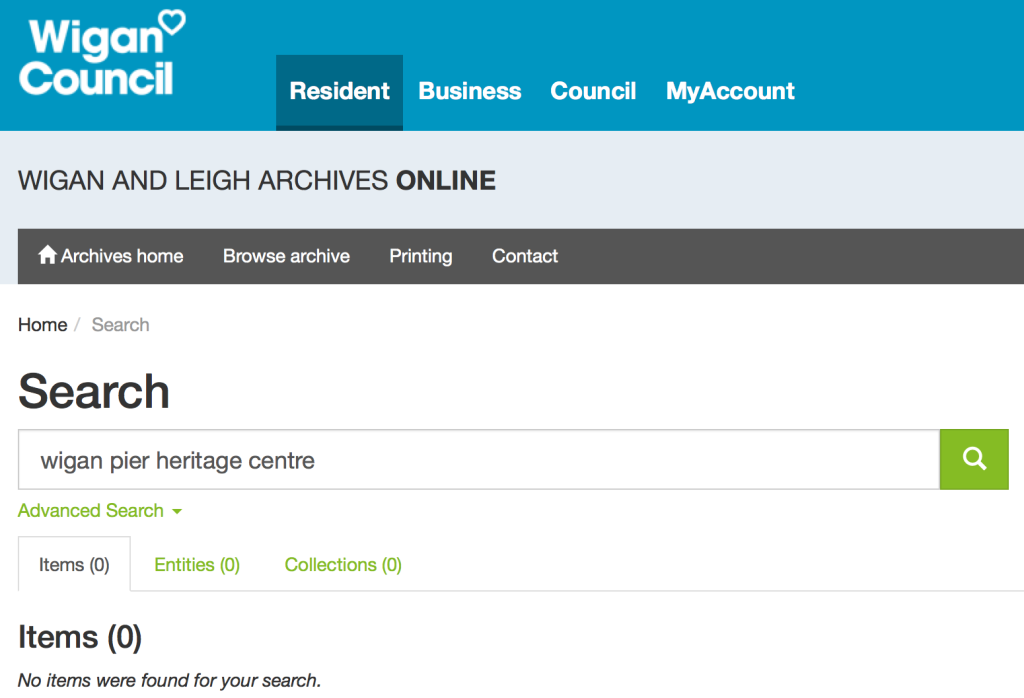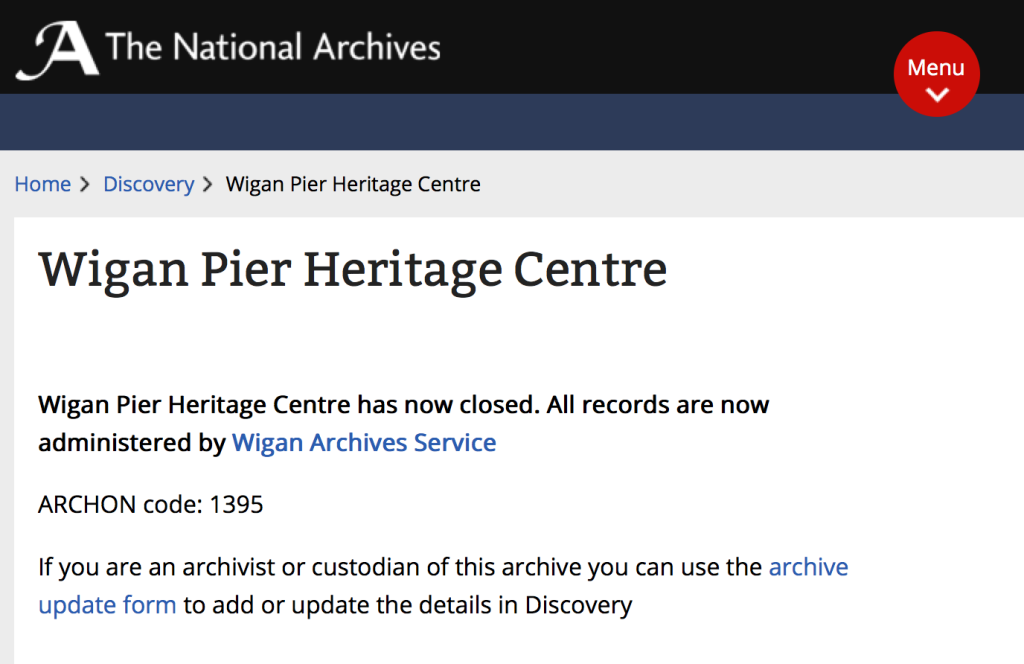Heritage in the 21st Century
Centre for Research in Memory, Narrative and Histories Annual Symposium
University of Brighton
Grand Parade, Brighton
7 February 2015
The programme promised critical analysis of literary guide books, prime-time costume dramas, gourmet vegetables and redesigned bank notes, the cherry on top being a keynote lecture from Professor Robert Hewison (Lancaster University), an academic legend, living and breathing. Professor Graham Dawson (Director of CRMNH) introduced the day by highlighting some issues; heritage is cross disciplinary and “slippery” and has supplanted “culture” as the buzz word du jour, but that doesn’t make it easier to define as, since the 1980s, its meaning has shifted especially in an era of the New Right and consumer capitalism. Plus, “tensions” between practitioners and critics, especially in the museum world, make it more difficult to question orthodoxies; leaving us with a big question to ponder, “how might heritage function in the 21st-century, in an age of austerity and new technology?” Co-convener, Professor Deborah Philips was also looking for definitions; “how do you describe heritage”, and provided a clue from The Oxford English Dictionary, which lists the root of the word as “inherited from the French”. I like that it’s borrowed from the language that also gave us “bureaucracy”, and also that Deborah went to the dictionary. Updating that methodology, the pr-installed Dictionary program on my MacBook includes “property, inheritance, value and preservation” in its definition. Then Deborah complicated the issue by suggesting that heritage has “many competing” definitions, and brought in a Guardian travel supplement offering “culture and heritage tours” as evidence, setting the scene for Hewison’s end of the day lecture. A PDF of the full programme is here.
It’s almost thirty years since Robert Hewison’s The Heritage Industry: Britain in a Climate of Decline (Methuen, 1987) was published. It has not been reprinted or revised despite appearing on reading lists, being taught at the Open University, and its popularity with students, if the well-thumbed examples in the library are anything to go by (University of Brighton has four copies). It’s unusual that his publisher didn’t (re)capitalise on such a sure thing, especially as Hewison’s impressive output, including Cultural Capital: The Rise and Fall of Creative Britain (Verso, 2014), has earned critical acclaim. He described this talk as an opportunity for “revision”; bringing the fate of heritage up to date.
Hewison recalled the genesis of The Heritage Industry and that Colin Ward, acknowledged as an anarchist in his obituary, coined the term in 1985 to describe an increasingly backward-looking approach to architecture and design, although from the screen shot (above) it looks as if the Open University has incorrectly attributed the phrase). Other precursors included Patrick Wright’s, On Living in an Old Country: The National Past in Contemporary Britain (OUP, 1985; Revised 2009) and a 1981 issue of New Society, which included discussion about a Heritage Council. He also recommending the work of David Lowenthal, a geographer; two books in particular, The Heritage Crusade and the Spoils of History (CUP, 1998) and the earlier but recently revised The Past is a Foreign Country (CUP, 1985; Revised 2015).
Hewison pinpointed his earliest deliberation on the notion of heritage to the concluding chapter of his book Too Much: Art and Society in the Sixties 1960-75 (OUP, 1986; Kindle version 2013). Hewison had begun exploring the culturally conservative counter-attack to the prevailing Pop avant-garde but it was while travelling the country as a drama critic (he was paid to critique “spectacles”) and for a BBC radio documentary (A Future to the Past) that he witnessed the industrial dereliction resulting from Thatcherism alongside the growing museum sector; “new museums were opening once a fortnight”. He described “The Heritage Centre” as neither contextualising nor interpreting objects; instead it offered a non-critical experience from a past just beyond “near distance memory”. Then the Big Bang (1986) deregulated the finance industry and “unleashed forces for unmitigated change and destruction”. In theory, redundant buildings could be reconfigured to regenerate declining cities, but Hewison charged Thatcher with “tearing up” the UK not conserving it. While Thatcher perceived every institution, excepting the military and police, as “the establishment to be challenged”, the heritage industry acted as a “comfort blanket and blindfold”, disguising the neoliberal hegemony, which, he stressed, we still live with. Hewison recalled the mixed reactions when his book was published. Simon Jenkins in The Sunday Times wanted to ban it; museum professionals liked it, because entrance charges were being forced upon them; Hewison was called a “heritage baiter” and a snob by those who considered heritage attractions to be populist and democratic, including Wright.
In 1990 a report by the Association of Independent Museums warned of over-saturation and financial instability in the sector, but with a reshuffled ministry now named the Department of National Heritage (1992) and the profits from the National Lottery Fund coming online (1994), it was difficult to argue that heritage was in trouble. Then in 1997, as Hewison put it, the “whirligig of history” turned and as New Labour “had no interest in history” heritage was dropped in favour of a new triumvirate (and name) in the Department of Culture Media and Sport (DCMS), a shift underlined by the coining of a term, “heritaginous”. But the New Labour government set up the Museums, Libraries and Archives Council (MLA) (later merged into the Arts Council by the Coalition, 2011), and inspired by the epic report, Renaissance in the Regions: A New Vision for England’s Museums (2001), channelled funds to regional museums. Hewison suggested this “drove a wedge between the museum world and the heritage industry”. Not wanting to be left behind, English Heritage pushed back with The Historic Environment: A Force for the Future (2001), proposing a new vision for the organisation, closer to The National Trust, mixing scholarship and expertise with visitor-focused attractions. And two decades of activity has seen the Heritage Lottery Fund (HLF) become “less patrician, more diverse, regional and local”, Hewison noted that cuts in arts funding by local councils “at the micro level” are a serious problem, as “buildings start to fall down”. The current government aims for the 400 properties controlled by English Heritage to be financially self-sufficient by 2020. Meanwhile, the statutory functions (listing, planning, grants, research and advice) have been hived off into a new government service called Historic England. Hewison suggested that at some point making a profit will come into conflict with scholarship, and also questioned the logic of these organisations being dependent on one funding body, the HLF. [According to the About Us page on the HLF website, £6.8 billion have been spent on 39,000 projects since 1994.]
Hewison pointed out shifts in undertones; from New Labour’s social and economic outcomes to the Coalition’s purely economic goals. Subsequently, the current Conservative government puts austerity first. But, he pointed out that two decades of the HLF has regenerated and transformed the fabric of Britain. He ended with an ironic twist; Wigan Pier Heritage Centre, opened in 1986, and a main case study in his book, closed in 2007. After the government’s policy shift to free museum entry who would pay to see their own heritage? The post-industrial building was regenerated again, into a cultural quarter of shops, flats and studios for the creative industries. Coincidentally, in a 1987 review, The Heritage Industry Barrie Trinder, then of the Ironbridge Institute, (Leisure Studies vol.7, no.3, pp.312-313) pointed to the regenerative effect of visitor attractions and asked: “And what will Wigan Pier do for Wigan within the next decade?” What indeed.
Hewison ended by admitting that he’s a “heritage baiter”, then added this parting definition of heritage: “The past is always seen through the distorting lens of the present; the heritage industry sets out to pacify the past, and lives on in Heritage Studies…which also have a future”. In questions he was asked if China needs history rather than heritage and added: “I don’t dislike the heritage industry because it’s about the past, I dislike it because it isn’t, it’s about now”. Finally, Deborah asked the $64,000 question (literally): “Funding is being cut, what can we do?” Hewison: “Remain critical in the face of neoliberalism”. Then, addressing the assembled CRMNH delegates, added: “You have a mission”.
In the years since Hewison visited Wigan Pier its fortunes have waned. Perhaps because the Heritage Centre opened and closed before Web 2.0 and Smartphones made it so easy to record and share photos of “days out”, there are few images of “The Way We Were”, AKA, the big sign over the door. The images that I found had copyright watermarks on them, as they were stock images from photo libraries. But, the BBC’s ill-fated Domesday project, revamped as “Reloaded”, turned up an entry for Wigan Pier via Google search.
Meanwhile a local interest site, Wigan World, fills in the blanks with photographs taken by the webmaster, which are free of copyright and available for educational purposes…
…and the online version of the local newspaper, Wigan Today brings the story up to date with a shot of a newly tarmacked car park and news that the canal quay and its post-industrial architecture has been re-purposed once more.
Search for “Wigan Pier Heritage Centre” via Wigan Council’s online archive and you’ll draws a blank but The National Archives directs us back to Wigan. Presumably the Centre’s archival material resides in the city’s archives but is yet to be digitised, providing any researcher with a reason to take the road to Wigan.

